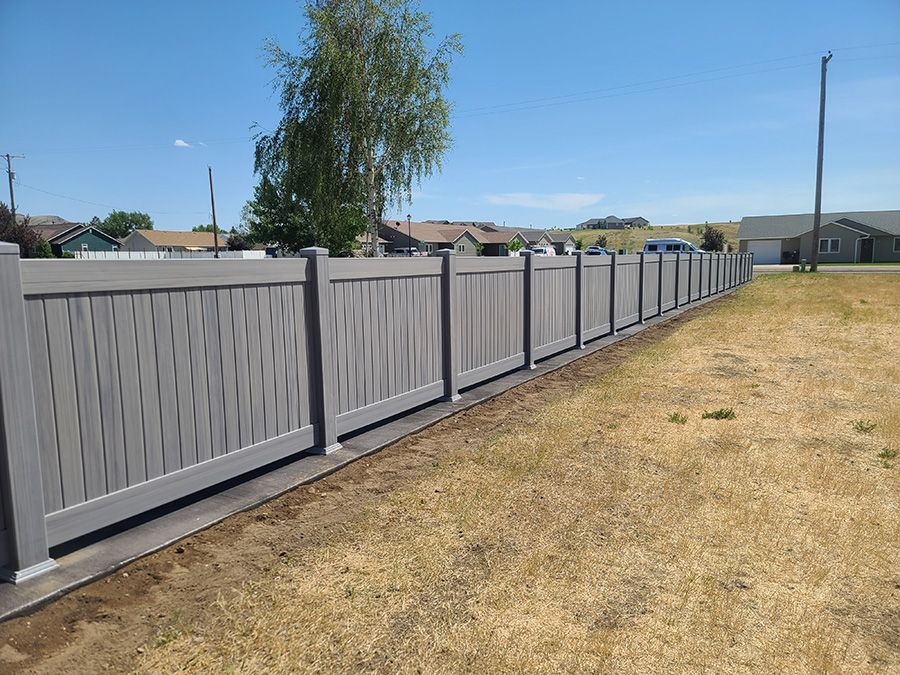Discover everything you need to know about electric fencing systems, including benefits, costs, and selecting the right option for your farm.
Why Electric Fencing Is A Preferred Solution
Electric fencing have emerged as a go-to option for farmers. Offering adaptability, durability, and superior effectiveness in deterring predators, electric fences are easy to install and maintain, making them properties of all sizes.
With the right system, you can cut down on effort, reduce labor, and enhance the security of your farm.

Main Categories of Electric Fencing Systems
Electric fencing systems can suit different needs. The two primary options are:
- Portable Electric Fencing: Lightweight, perfect for frequent repositioning. These fences are simple to set up, and can be taken down when needed, offering maximum flexibility.
- Permanent Electric Fencing: Ideal for long-term use, permanent systems are made from high-quality materials like steel or high-tensile wire. These systems provide robust protection and require less frequent maintenance once installed.
Your decision will be influenced by factors like the size of your property, the type of animals, and your grazing practices.
Advantages and Disadvantages of Electric Fencing
Like any fencing system, electric fences offer both pros and cons:
- Pros:
- Highly effective at containing livestock and deterring predators.
- More affordable compared to traditional fencing materials.
- Flexible and customizable to suit a wide range of properties.
- Easy to maintain once properly installed.
- Cons:
- Requires a constant power source, such as battery units.
- Initial installation can be difficult for beginners.
- May need regular inspection to ensure proper functionality.
Weighing these benefits and challenges will help you determine if electric fencing is the best option for your property.
Cost and Energy Efficiency Considerations
Electric fences are known for their affordability, but prices can vary based on the type of system and scope:
- Portable Systems: Typically more affordable in cost, with minimal installation requirements.
- Permanent Systems: Higher upfront costs but longer-lasting and worth the investment in the long run.
Energy efficiency is another key factor. Many systems use solar energy or rechargeable batteries, reducing reliance on traditional power sources. This is especially helpful for off-grid areas.
When budgeting, consider both initial costs and long-term savings from reduced maintenance.
Beginner’s Guide to Installing Electric Fencing
If you're new with electric fencing, here are some useful tips for a smooth installation:
- Plan Your Layout: Outline your fence line and identify the areas you need to enclose.
- Choose the Right Materials: Select wires, posts, and energizers that are best suited to your specific needs.
- Test the System: Use a voltage meter to ensure the fence is working properly and delivering proper current.
- Train Your Livestock: Introduce your animals with the fence by guiding them near it to get used to its boundaries.
- Monitor Regularly: Check for vegetation or debris that could touch the wires, reducing the system’s effectiveness.
Proper installation and regular checks will ensure you get the most out of your electric fence.
Selecting the Best Electric Fencing System for Your Property
Ultimately, the right electric fence for your farm depends on a few factors:
- The type of animals you need to contain.
- The size and layout of your property.
- Your financial plan for installation and ongoing upkeep.
- The availability of power sources, such as electricity.
By considering these factors, you can choose a system that meets your needs and delivers long-term value.